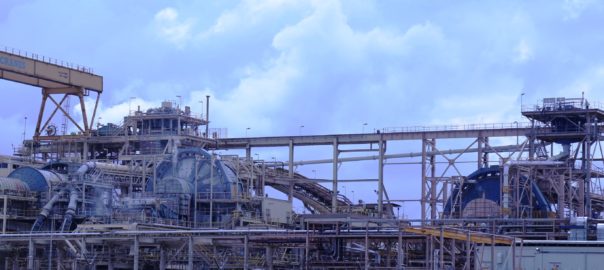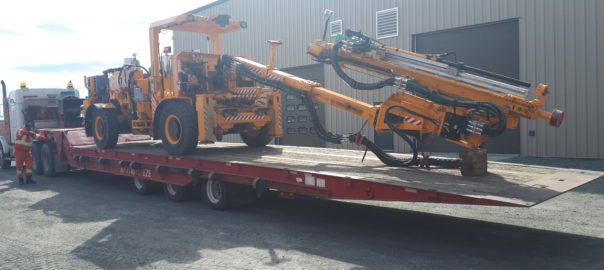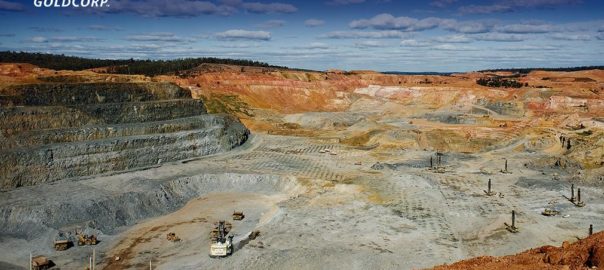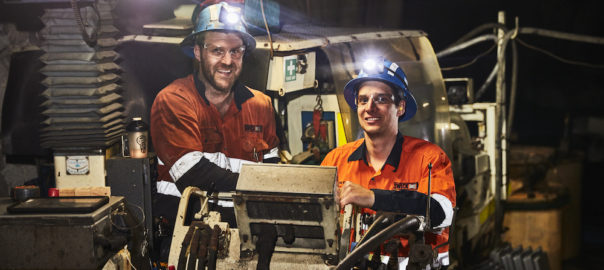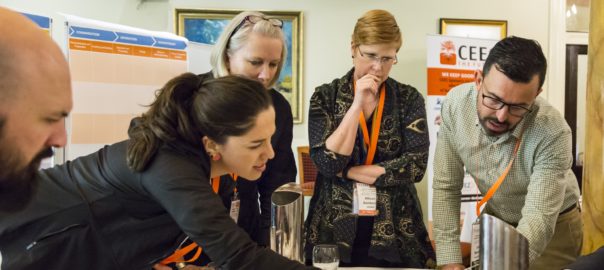Newmont Goldcorp says the Ahafo Mill Expansion (AME) project in Ghana has successfully processed its first ore and is on track to achieve commercial production in the December quarter of 2019.
The mill expansion will increase average annual gold production at the Ahafo mine by between 75,000-100,000 oz for the first five years, beginning in 2020, with mill capacity expanding by more than 50% through the addition of a crusher, grinding mill and leach tanks. It is expected to deliver an internal rate of return of more than 20% and, together with other projects at Ahafo, extend profitable production through at least 2029.
Tom Palmer, President of Newmont Goldcorp, said: “Combined with Subika Underground, which was successfully completed in November 2018, the mill expansion will increase Ahafo’s production to between 550,000 and 650,000 oz per year through 2024, while lowering life-of-mine processing costs.
“The project also accelerates the efficient processing of stockpiled ore and supports profitable development of Ahafo’s highly prospective underground resources, which continue to demonstrate considerable upside.”
In 2019, Ahafo is expected to achieve record production – with improved costs – driven by higher grades from the Subika open pit, a full year of mining from the Subika Underground and the completion of the AME. Capital costs for the AME are estimated at between $140-180 million. Commercial production began at Ahafo in 2006 and, in 2018, the operation sold 436,000 oz of gold at all-in sustaining costs of $864/oz.
Over the last six years, Newmont has successfully built 11 new mines, expansions and projects on four continents – on or ahead of schedule and at or below budget. These projects include Akyem and the Phoenix Copper Leach in 2013, the Turf Vent Shaft in 2015, Merian and Long Canyon in 2016, the Tanami Expansion in 2017, and Twin Underground, Northwest Exodus and Subika Underground in 2018, and the Tanami power project in 2019. The company also completed a value-accretive acquisition of Cripple Creek and Victor in 2015 and delivered a profitable expansion at the mine in 2016.







